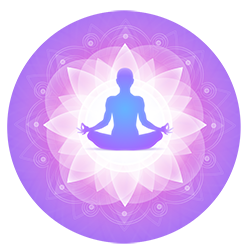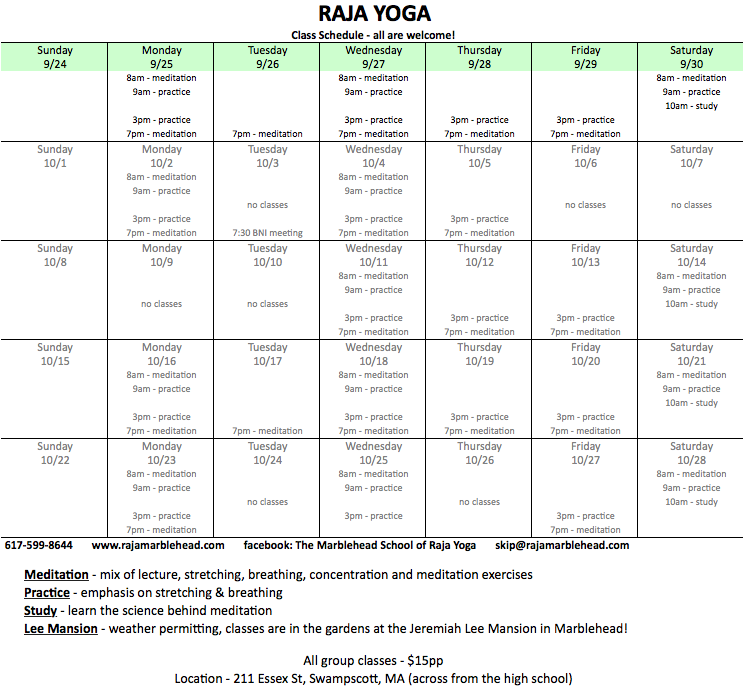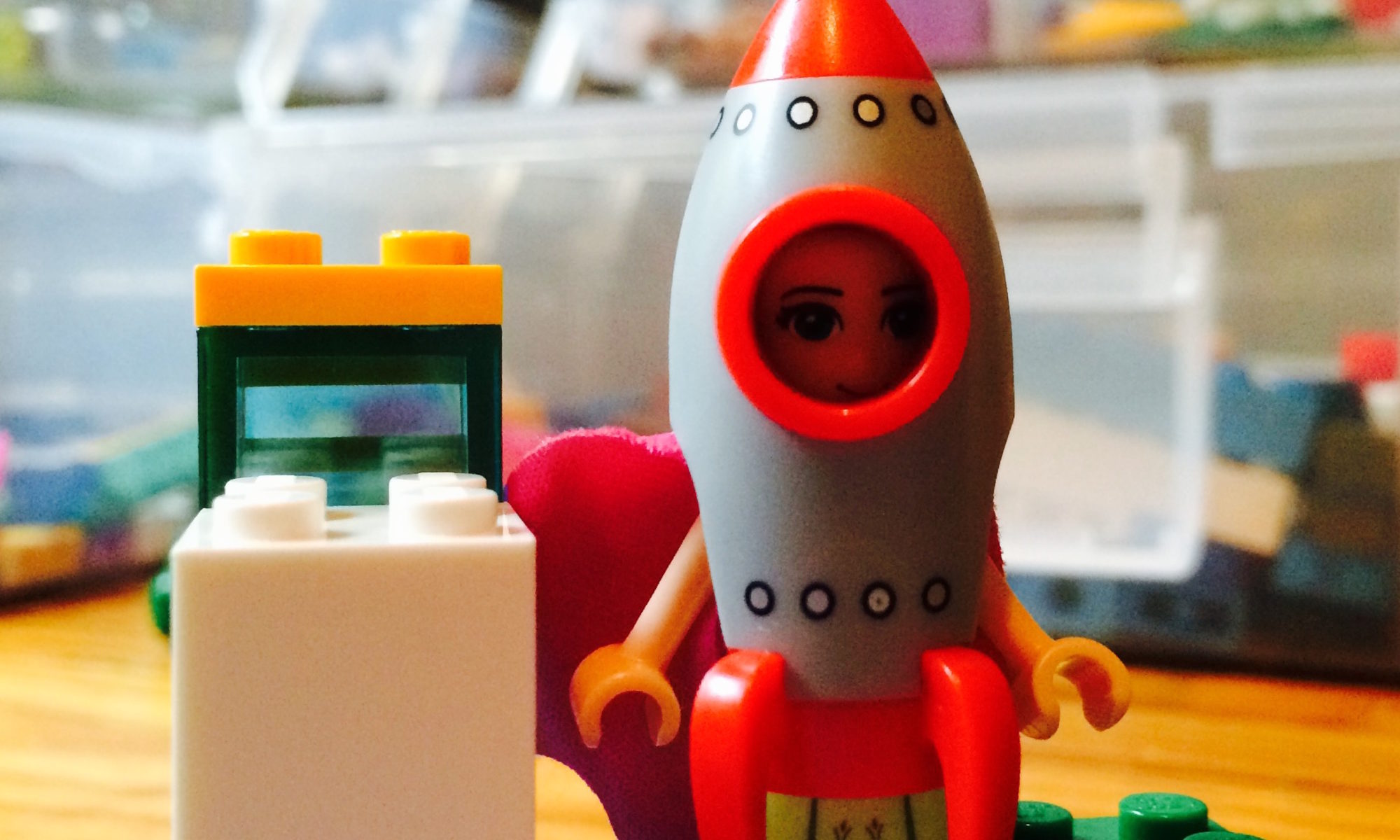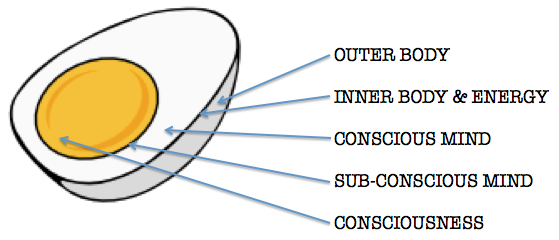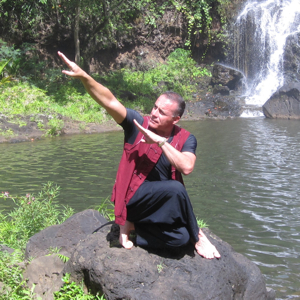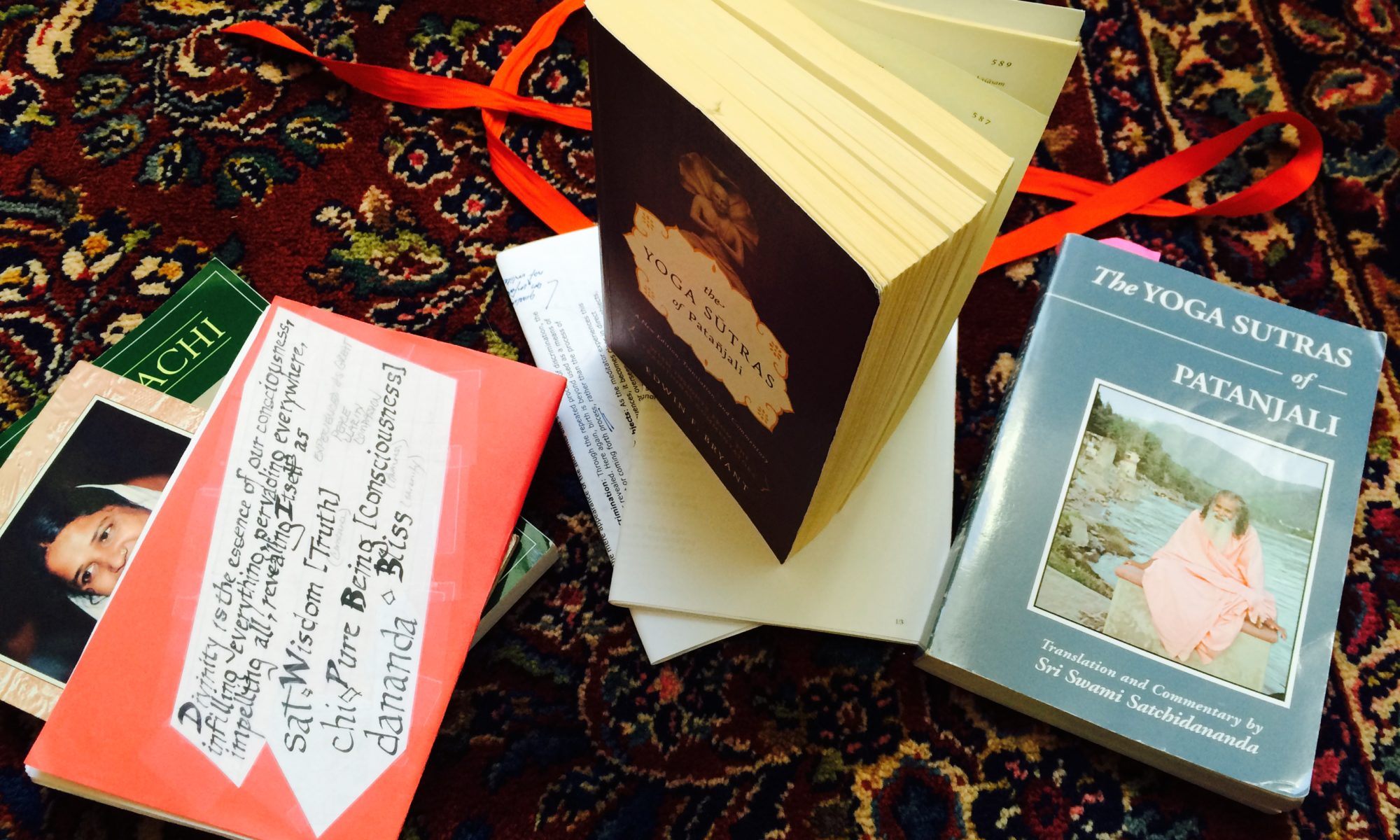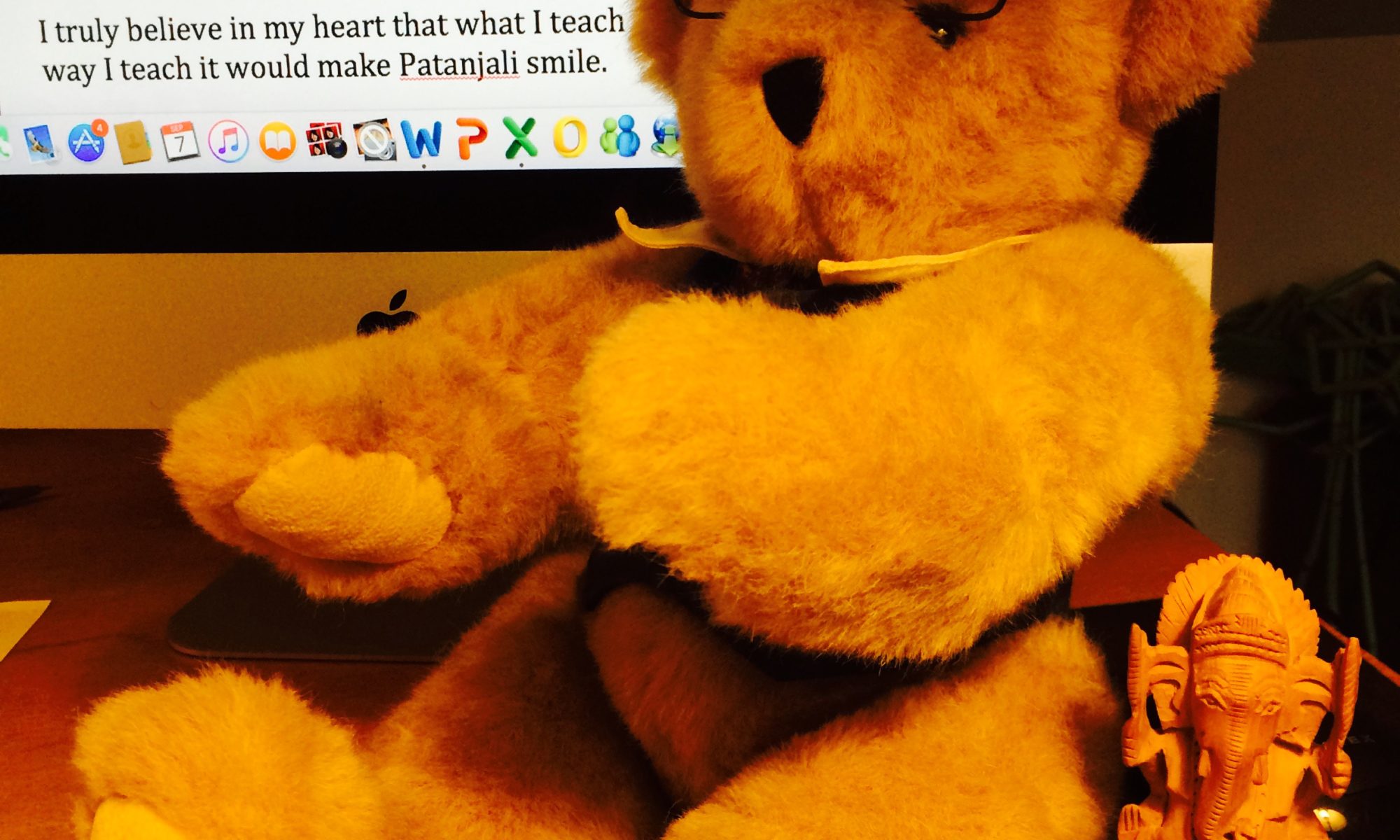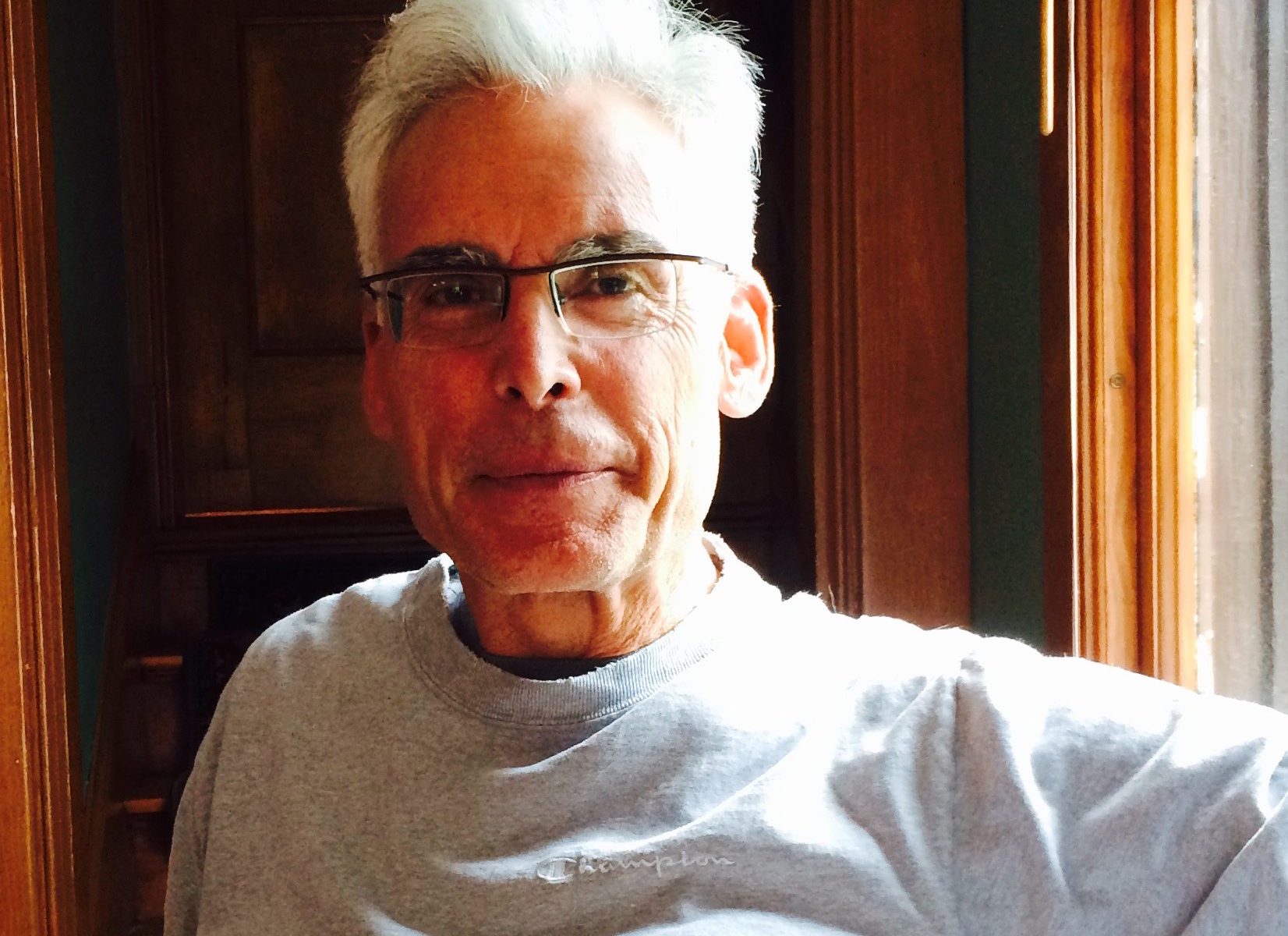WEEKLY APPEAL FOR NEW STUDENTS (9-22)
You know that sense you get when something just doesn’t feel right?
That’s evidence of your sub-conscious mind trying to communicate with your conscious mind in the only way it knows how: with images and sensations – not words.
Remember Lennie from Steinbeck’s “Of Mice and Men”? Our sub-conscious mind is a lot like Lenny: big, strong, devoted, hard-working – but not a lot happening upstairs.
George, on the other hand, Lennie’s friend and guardian, was the brains of the outfit.
George and Lennie are a wonderful analogy of our conscious, and sub-conscious mind, respectively.
The trick to peace of mind is finding a practical balance between being George and being Lenny…
…and most importantly, realizing that without energy you wouldn’t be alive, and without awareness – even if you were, you wouldn’t realize it!!
I can help the people you love who seem out of touch, lost or disconnected. It’s amazing what a little help can do!
Thank you, Allan (“Skip”) Dowds
PRAYER
I shared one of my personal daily prayers in a previous post; the one below was inspired by the Chinese self-restorative practice of Qi Gong (roughly meaning, “resonating, tuning and balancing one’s Qi, the energy that sustains us”):
To the universe:
“Thank you for this body; Thank you for the energy that animates and sustains it; and Thank you for consciousness, our ever-present awareness, without which we wouldn’t even realize we’re alive.”
Qi Gong is a holistic, three-fold practice or discipline incorporating movement, breath and visualization.
Your favorite Raja Yogi (no ego here!) is almost mid-way through a preliminary 100-hour Qi Gong teacher-training program, developed by one of my teacher’s teachers (and now mine!), Master Michael J. Leone.
I can’t wait to start teaching Qi Gong, which so beautifully dovetails with Raja Yoga, even if Patanjali and I do “wear diapers when we practice”! 😉
Yes, Yogis like to hug (and nudge!); just ask Amma!! [heart emojis please!!]
On the subject of giving thanks in thought, word and deed, I have a new personal concentration mantra: inhaling, “thank you God” and exhaling “for this day”. Obviously, “this day” can be replaced with whatever resonates with you.
Blessings, Allan (“Skip”) Dowds
Love is God
There’s a sign outside a church in Reading MA that says “God is Love.” I’ve always wanted to stop in and point out that means “Love is God”.
My youngest brother – generally, not my go-to source for healthy living tips (sorry Bud; love you!!) – taught me something years ago that I think of virtually every day: love is infinite.
Raja Yoga is a practice in genuinely learning to love our self and to truly and fully appreciate life – and in the process, learning to respect the body and mind which house our “essentially divine” consciousness, evidence of the existence of God within each of us!
We tap into our immutable, eternal essence, our awareness or consciousness thru meditation.
We sit patiently, attentively, holding our conscious mind in observation or mindful mode (without judgment; without analysis; without words) allowing consciousness to witness our sub-conscious thoughts, expressions of the fears and desires that affect our conscious thoughts, words, and thus behavior.
Consciousness reveals itself as curiosity, compassion, awareness, truth, and serenity. You know it intuitively when you’re in the neighborhood!
It’s inside you. Sense it; feel it; distinguish between it and your thoughts – and you WILL begin to see and act differently.
Raja Yoga (Patanjali’s Yoga Sutras) can help people suffering at their own hands: over eating, drinking, smoking, or otherwise overindulging (i.e., caught up in the material plane of our existence, which PALES in comparison to our sub-conscious planes!).
It’s difficult and takes time to develop new habits; hence, Patanjali’s most important rejoinder to “never give up; always let go”. With constant practice over time we see our self differently: we begin to realize that our body and mind are a vehicle through which we experience life rather than who we are.
THAT paradigm shift changes us forever. God bless our planet!!
Hugs, Allan
RELIGION and SPIRITUALITY
We’re attending a memorial service today for my mother-in-law’s best friend’s husband. Makes one take stock, especially as we get older, or move into the more reflective than active part of our lives.
Gladys is one of my absolute favorite people ever. She’s also a devout Catholic. She’s outlived her husband of 50+ years and survived a 17 year old daughter (Sue’s sister). My grandmother, who lost two children (more including miscarriages) was perhaps the most devout person I’ve ever known. Like Gladys, not in an “in your face” kinda way; rather it was reflected in their actions more than their words.
I’ve never been religious. I hated going to church as a kid. I never believed in walking on water, or God in the Western, Judeo-Christian manner. Until not too long ago, if I couldn’t literally witness or at least comprehend something – ’cause, yeah, this body/mind is blessed that way – I deemed it crap, especially if it had no practical purpose, and made no bones about it. And then along came Sue……[wish I knew how to insert a heart emoji!]
Obviously, my personal beliefs have morphed. I am convinced in the existence of “God” though beyond that I have no strongly held opinions other than good > bad, and all living things have consciousness – individual PROOF of the existence of God.
Jesus? Buddha? Joan of Arc? Countless others? These are/ were people so deeply devout that they literally sacrificed their lives (this one anyway) in homage to their faith. What could be more worthy of our love and respect than that?
Allan
RAJA YOGA IN A NUT (OR EGG) SHELL
I had a wonderful class this morning with a new student, who got an earful of information about how our mind works. Ms. V – this is for you, though I’ve expanded the egg “shell-white-yolk” analogy of our “body-mind-spirit” to include the space between the shell and the egg white, and between the white and yolk (see the picture). Since the shell and white are distinct from one another, regardless of how small, there is a “space” between them!
EGG SHELL
This represents our outer body: the aspect that protects and propels us; including the bones and muscles of our arms, legs, torso, neck and head: our energetically densest – or least conductive – physical parts.
Stretching exercises increase the strength, flexibility and range of motion of this part of us, and facilitate meditating for long periods of time.
SPACE (between the egg white and shell)
This represents our inner physical body & energy: the aspect that sustains and keeps us alive. Just as it takes fuel, air and heat to generate fire, we need food, water and energy to stay alive. These are our subtlest – or most energetically conductive – physical parts.
Breathing exercises massage and manipulate – clearing and regulating (calming) – the flow of physical and mental energy and blood, facilitating bodily function.
EGG WHITE
This represents our conscious mind: this is our control function; it’s the aspect of our mind that we’re aware of; it’s evidenced by two types of thought: i) cognitive thoughts (e.g., we use this part of our mind to solve math problems), and ii) the ones that just pop into our mind without invitation: our “monkey mind”; this part of our mind communicates using words; in fact, it’s the part of we use when we talk to ourselves!
Because we’re aware of our thoughts, they are denser (less energetically conductive) than our sub-conscious mind’s communication system.
Concentrating or focusing exercises train our conscious mind (our attention) on a single thing. Training our mind to “SIT” and observe our thoughts without analysis or judgment is a prerequisite for meditation, or getting it to “STAY”!
SPACE (between the yolk and egg white)
This represents our sub-conscious mind (aka our “lower”, or “reptilian” mind) which has three basic functions:
(i) sensory processing; our sub-conscious mind controls bodily function; this part of our mind has relatively limited cognitive capability, but it does have alligator-level intelligence and it can be programmed via repetition to remember things; this is where our habit “programs” are stored; when we sense something, this part of our mind receives and processes that info, and triggers a physical response;
(ii), memory storage; we carry around a mental image of every thought we’ve ever had. Let’s be thankful we’re NOT conscious of all of them all the time(!!); and
(iii) our sense of self, or the “I am” or sub-conscious portion of our ego.
Our sub-conscious mind does not communicate using words; rather, it uses sensations and images to get our attention – like a child, albeit an extremely talented one!
Since we can’t hear this part of our mind issuing the internal commands between our brain and toes to wiggle them, by definition, this part of our mind is energetically more subtle or conductive that our conscious or thinking mind.
Meditation, or practicing holding our conscious mind in “neutral” (i.e., holding it steady, correctly and without emotion) is a form of loving sacrifice (we could be doing ANYTHING else, yet we chose to sit, and give up the most valuable thing we have: time) – to sit with curiosity and compassion, listening attentively and patiently (like a doting grandparent listening to an excited 2-3 year old grandchild telling a story) to our otherwise sub-conscious fears and desires.
Meditation provides a safe environment in which to confront our fears and desires: to literally allow whatever is most energetically pressing on our sub-conscious mind to be heard or witnessed as directly as possible by consciousness (while our conscious mind is in “neutral”). While we can’t affect consciousness, it affects us; it’s infinitely patient and expresses itself as heightened intuition, truth, curiosity, compassion, and bliss.
EGG YOLK
This represents our consciousness; this aspect of our selves is literally of a different dimension than our physical body and non-physical mind. No amount of physical or mental effort or exercise will ever affect consciousness – however, maintaining a healthy body and mind allows consciousness (our “divine essence”) to shine or radiate through our body and mind more clearly.
Raja Yoga’s concentrating and meditating exercises are likened to polishing a clouded mirror: eventually, we clear our mind of sensations, memories and even our sense of individuality. The more often we vent our sub-conscious mind to un-cloud the mirror of our mind’s eye, the closer we come to witnessing the aspect of our selves that’s literally of a subtler dimension than our memories!
Our consciousness is often referred to as our spirit (as in body-mind-spirit); however, it’s not surprising that the message of the miracle of our consciousness has largely been lost over time:
- Raja Yoga predates any written language – at least in India;
- We don’t naturally perceive something that’s literally unperceivable;
- It’s esoteric: “a different dimension?! Wtf?! Yeah, no thanks!”
- The benefits of meditating or mind control aren’t as intuitive as physical control or exercise. We intuitively understand that we’ll be in better physical shape and feel better if we go for an hour’s walk every day – but sitting on the floor with our legs crossed – not so much!
The original yogic concept of consciousness (the awareness OF our thoughts) has morphed into the modern religious concept of a “soul” (something divinely intangible that mysteriously leaves our body/mind upon death). Christians believe that our or “soul” returns to God when our body/mind dies – assuming of course, we act in a manner pleasing to God while we’re here! “Heaven help you if you don’t!” is Christianity’s take on karma!
You say to-mato. I say to-moto.
I highly suggest not worrying about the hereafter and focusing on the now – because for all intents and purposes, your consciousness IS eternal – at least as far as your body/mind is concerned; it NEVER changes; nothing affects this aspect of you! It’s bullet proof!
MEDITATE WITH LOVE & DEVOTION
Meditation is the predecessor of modern prayer. One of my teachers holds an image of his understanding of God in his mind as he trains and calms his thoughts.
Holding your body upright, settle yourself physically and mentally, sit still and comfortably, breathe rhythmically, deeply and subtly – try not to hear words in your mind – just images and sensations – and allow your sub-conscious mind to vent its most pressing fears and desires – to be “heard” with compassion and curiosity – and without judgment – by your still, calm, and eternal consciousness.
Remember that the two parts of our mind are inextricable parts of us – not unlike petals and a stem are both integral parts of a flower: both the have the flower’s overall wellbeing at heart! The trick is to get our conscious and sub-conscious mind to work together! Unfortunately, left to their own, there’s rarely a balance between our heart and our head, causing stress, anxiety and tension to manifest mentally and physically.
Like a child that doesn’t feel heard: our sub-conscious mind will keep screaming until she gets our attention!! Show your inner child (your sub-conscious mind – a part of YOU) some love: meditate. You’ll be glad you did.
Qigong and Patanjali
I had my mind blown today by Qigong Master Michael J. Leone.
Wow.
The parallels between Qigong and Raja Yoga are uncanny. Master Leone mentioned that the source of the Chinese discipline of Qigong was probably Hindi Sanskrit. Guess what language Patanjali codified the Yoga Sutras in? 😉
Like Raja Yoga, Qigong is an individual, holistic discipline intended to personally restore one’s own physical and mental imbalances. Qigong exercises include moving, breathing, and visualizing.
While the similarities in theory, practice and origin are mind blowing, there seem to be HUGE differences between the Chinese and Indian practices, including:
#1 Consciousness is the Holy Grail of Raja Yoga
Consciousness is awareness; without it we wouldn’t realize we were alive. In the Qigong tradition, consciousness is referred to as Shen.
Raja Yoga reverentially attributes some sort of holistic, energetic, visceral, mind-bending, life-transforming reaction to witnessing consciousness – not just the realization that we literally exist in three dimensions: body, mind, and consciousness – which alone can be paradigm-shifting in a “A THIRD DIMENSION?! WTF?!” kinda-way – but literally stilling the mind and body to the point of feigning death, so that without anything else to be aware of, our permanent, immutable consciousness becomes self-aware, after which apparently we’re never the same.
We are all conscious, but ironically, we’re not innately aware of that distinct aspect of ourselves or it’s permanence – at least as far as THIS body and mind are concerned! – while all the rest of our self (our energetic body and mind) is constantly changing (or more dramatically, “dying”, as Master Leone all too accurately points out!)
Shen is obviously an aspect of each of us because we realize we’re reading this – but it’s an aspect you won’t find described in ANY anatomy book – because it’s literally of a different dimension! It never changes! It literally isn’t affected by time and space. Our thoughts change constantly; however, our awareness OF those thoughts as they pass by, never does.
Coincidently (not!), another teacher of mine – from a completely different background – has been trying to get me to see consciousness or Shen the same way: without the reverence. She agrees that we should NOT think MORE of our ethereal, eternal, omnipotent, omniscient, immutable consciousness than we do our miraculous, albeit dying energetic body/mind.
Sorry, but I chose to see consciousness as I was taught recently by Amma: as essentially divine.
#2 Qigong seems MORE universal – if that’s possible!
While the intent behind the two disciplines’ exercises may be similar: enhanced physical control, strength, flexibility and range of motion, the physical methodologies are very different: Raja Yoga advocates poses (emphasizing stability), while Qigong advocates slow, rhythmic, choreographed movements (emphasizing mobility).
Raja Yoga’s posture practice is intended to facilitate lengthy seated meditation. While there’s no question that practicing postures fosters strength and flexibility, and makes it easier to sit very still for long periods of time, unfortunately, without modification, not everyone can do them. However, Qigong’s “small-frame” rhythmic movements can be done to some extent by virtually everyone.
The entire premise of Master Leone’s Restorative Medical Qigong protocol is to bring one’s energetic body/mind back into balance. Sounds an awful lot like you-know-what!
#3 There’s less original evidence of the practice of Raja Yoga, simply because it predates an alphabet!
Qigong honors every teacher in its lineage, referring to “the line”: teacher to one side, student to the other – dating back to the origin of the practice.
Not surprisingly, the Indian lineage is a bit more clouded. No explanation of the practice of Raja Yoga remains from prior to Patanjali “codifying” it in his Yoga Sutras some 3,000 years ago. Patanjali is a legendary figure; there’s no specific remaining evidence of who he was, when or where he lived – because he lived before an alphabet had been invented! He constructed – in his mind – not with pen and paper – a 200-line poem that was passed from teacher to student verbally for centuries before the Sanskrit alphabet was developed. His poem is one of two universally recognized authoritative works on Raja Yoga; the other is the Bhagavad Gita.
#4 Qigong doesn’t seem to distinguish between our conscious and sub-conscious mind, whereas Raja Yoga makes the following distinctions:
Conscious mind is our thinking mind: the aspect we’re aware of; we either use it to make decisions or we listen to it: it’s the narrator or “monkey mind”. Interestingly, this aspect of our mind can literally only do one thing at a time (try counting and reciting the alphabet simultaneously!)
Subconscious mind is the aspect that controls bodily function and memory storage (the things we’re generally not conscious of). This aspect of our mind performs countless functions simultaneously, and can be trained to do more through repetition!
Consciousness, or Shen is the awareness OF our thoughts, or what registers between our ears, including how we feel, what we see, hear, taste, and smell.
Exercise:
Remember, conscious mind can only do one thing at a time, and we’re literally unaware of the functioning or commands of our sub-conscious mind. Do a math problem in your head. Two things just happened simultaneously: (i) your conscious mind performed the math problem, while (ii) your consciousness was aware OF your conscious mind doing the math problem – while your sub-conscious mind was otherwise occupied circulating your blood, holding you upright, breathing, and so on.
Personal notes
The above observations are based on only a few hours of moving, breathing and visualizing under the direction of Master Leone – but I’m hooked. Qigong and Raja Yoga in NO WAY contradict one another (remember: there’s only one Truth!), and compliment each other wonderfully! I’d gin up something about the similarities between the disciplines, but that would be a MUCH longer blog, and I have class in the morning!
Namaste! (Not one of Master Leone’s favorite expressions!) ;-)!
For Kurt – Tools of the Trade
Kurt – I didn’t know you attended Rutgers – though I knew you were smart!!
Edwyn F. Bryant is Professor of Religions of India at your alma mater. He’s my teacher – though he’d insist that I caveat that by admitting I don’t teach it in the classical manner in which he taught me!
I carry these texts to every class; the tome in the middle is Bryant’s. They represent different interpretations of Patanjali’s Yoga Sutras, the 3,000 year-old, 200-line poem I teach, though “poem” is like calling the pyramids buildings (thought you’d appreciate that analogy!) or the Mona Lisa a painting!
These were written by four of my teachers: Amma, Bryant, Satichidananda (who’s text we use in class), and Swamij.com. It’s extremely helpful when trying to intuit the meaning of the sutras to read several interpretations – because everyone has their own!!
WEEKLY APPEAL FOR NEW STUDENTS
Meditating isn’t easy, but neither is suffering.
What makes me unique? I love this topic!!
I’m not aware of ANY other yoga teacher who teaches what I do. The closest teacher I have is a professor at Rutgers University in New Jersey!
I truly believe in my heart that what I teach and the way I teach it would make Patanjali smile.
Let me help you AND the people in your life smile too.
God bless us all,
Allan Dowds – THE Marblehead School of Raja Yoga
I have a problem.
I have a very short fuse for perceived injustices.
It’s part of the reason I teach Raja Yoga, or mind control. It levels the field. There are no winners, no losers, no sheep, no wolves, no givers, no takers – just:
“Two oppositionally-charged, and thus perpetually-interacting, states of matter realized by consciousness.”
That crude description of Raja Yoga’s paradigm plays out in every microcosm of our universe: within our selves, our schools, businesses, communities, countries – in every subset of our universe, because it’s the very nature OF our universe!
Think oil and vinegar: divine when perfectly balanced yet no pour is exactly 50/50!
In my case, handsome devil that I am, I’m obviously not perfectly balanced!
- Physically, my left ankle is much weaker than my right because I’ve broken the left one three times – and my right shoulder has a bit of a constant ache and less range of motion due to a self-inflicted motorcycle accident a few years back.
- Mentally, my sub-conscious mind seems to be dragging around a lot more unpleasant memories than pleasant ones (thus I sub-consciously frown a lot) – many triggering a particular desire or determination to “settle things” – having felt aggrieved at a point or two along my journey.
We are ALL human. We ALL carry around a circus in our head of which we’re the ringleader. Some just do a better job at keeping the clowns and tigers in line!
I embarrassed myself pretty well this past week by following my heart instead of my head. Striking a balance between those two is my journey.
I made a public appeal on behalf of someone I perceived to be in distress – or, as my teacher pointed out this morning – I dawned my cape and did my thing! For ENTIRELY selfish reasons! Something in my sub-conscious mind drives me to “right the wrongs” I perceive around me.
On one hand, Raja Yoga gives me the strength and power to do it, but I need to remember that’s NOT the point. The point is to relieve OTHER people’s suffering! Raja Yoga addresses our human plight from a universal perspective. Its code of conduct, and physical and mental exercises are intended to reduce EVERYONE’S suffering. The very first “rule” of Raja Yoga is nonviolence!
I spoke with a nine year old boy last night who’s looking for a way to relieve his “anxiety”. I didn’t even know what the word meant when I was nine, though in hindsight, I was CLEARLY an anxious (and in my case, angry) kid.
Raja Yoga is about finding our own INDIVIDUAL sense of purpose and balance. Clearly, I’m still working on finding mine!
My new 9 year old friend – who was being taught how to meditate in school – says that we should each try to find our “center”. He didn’t realize it, but he was referring to the source of our awareness: our consciousness. The poor thing was stressed out because he couldn’t find his!
Ironically, we’re born unaware of this non-dimensional aspect of our own self – the aspect without which we wouldn’t realize we’re alive!
As one of my teachers says, “Consciousness infills everything, pervades everywhere, and impels all.” The trick to living a truly balanced life is recognizing the difference between our functioning mind and our immutable consciousness.
Tapping into consciousness by meditating isn’t easy – but it beats the hell out of suffering. I can take you to the trailhead of your own journey – but as in my own case, the actual work is up to each of us individually.
God bless us everyone, Allan

